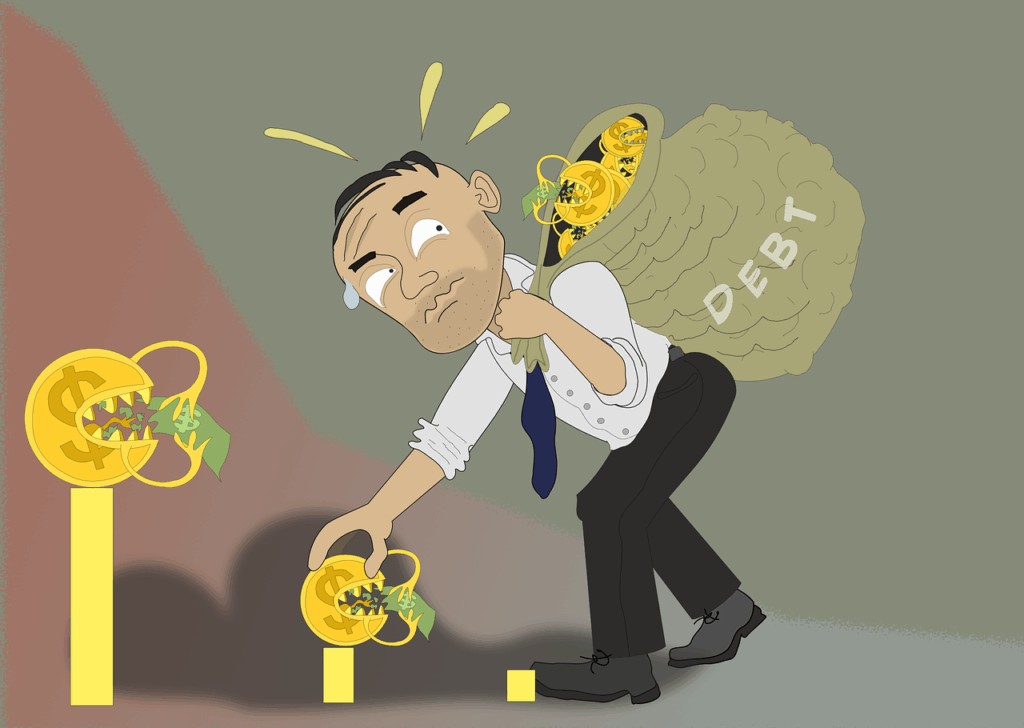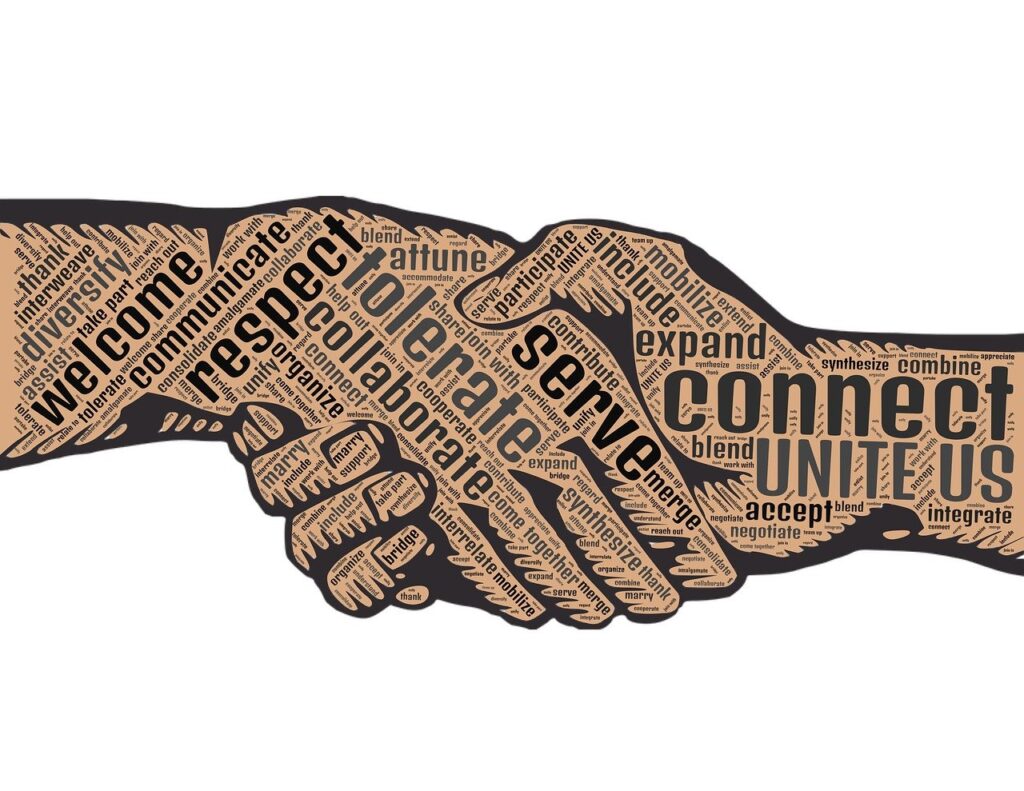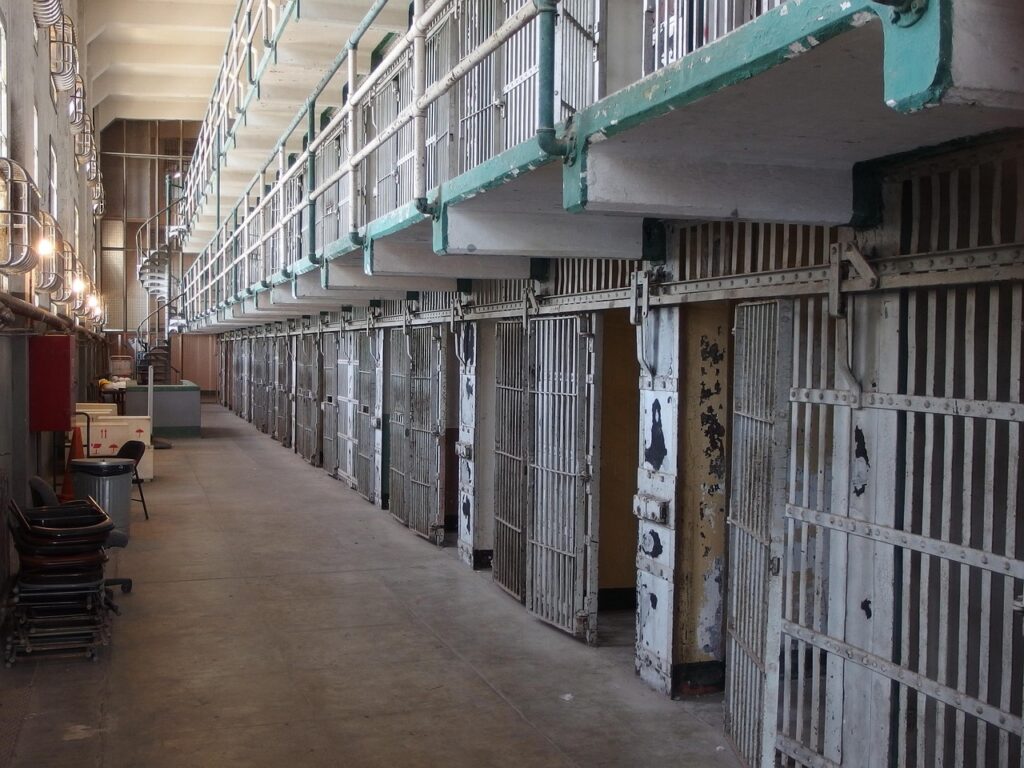
The steel gates clang shut, echoing a final, chilling punctuation mark on your former life. You’ve entered a new world, a stark landscape governed by an unwritten constitution, where the rules of the outside mean little and the cost of ignorance can be devastating.
“The code isn’t written down, but it is passed down to prisoners year after year,” explains former prisoner Ron Humphrey in the Prison Survival Guide. It’s a subterranean network of principles that, while sometimes offering common-sense guidance, also perpetuates cycles of hostility, distrust, and selfish behavior that do little to ease the burden of incarceration or prepare one for life beyond the walls. For first-time inmates, the learning curve is steep, and mistakes can be fatal.
This deep dive into prison life isn’t just a cautionary tale; it’s a vital handbook. We’re pulling back the curtain on the clandestine guidelines and critical strategies that former inmates and experts say are essential for not just surviving physically, but also mentally and spiritually. Prepare to confront the stark realities and absorb the indispensable wisdom that mainstream society rarely, if ever, sees.

1. **Crack the Prison Code: The Unwritten Rules**When that prison gate slams shut behind you, you have, in essence, entered a new country with its own laws, customs, and dangerous pitfalls. Just as any wise traveler plans ahead by seeking to understand the culture of their destination, a new inmate must rapidly assimilate the local “prison code.” This code, though never formally documented, is the bedrock of inmate interaction, passed down through generations of prisoners, dictating everything from social hierarchy to the grave consequences of infractions.
This isn’t about adapting to prison administration rules, which are generally clear and enforced by guards. Instead, it’s about the more insidious, often brutal, regulations governing inmate-to-inmate conduct. Ignorance is not bliss here; it’s a liability. The slightest misstep, a seemingly innocuous comment or action, can be perceived as a profound disrespect, potentially escalating into scorn, ridicule, or, in the worst-case scenario, violence. Understanding this code is your first line of defense, a rudimentary map through a truly treacherous and dangerous jungle.
One of the most critical aspects of this “code” is learning to discern its true purpose. While former prisoner Ron Humphrey acknowledges that it contains “commonsense principles that can help safely guide you through your time,” he also critically observes that “many of its rules continue the cycles of hostility, distrust, and selfish behavior that don’t make prison life easier and do not prepare you for life outside.” This distinction is paramount for a new inmate; blindly adhering to every unwritten rule without understanding its origin or consequence can be as detrimental as ignoring the code entirely.
Your survival often depends on knowing which battles to pick and which traditions to quietly observe from a safe distance. Navigating this labyrinth requires acute observation, careful listening, and a constant assessment of risk, ensuring that you don’t inadvertently trigger consequences far greater than your initial misunderstanding.
2. **The Snitch’s Fate: Why Silence is Golden**In the unforgiving hierarchy of prison life, there is perhaps no lower rung, no more reviled figure, than the “snitch.” This isn’t just about schoolyard tattling; in prison, providing information to correctional officers about fellow inmates is an act with potentially lethal consequences. As one former inmate powerfully recounts, “Any short term gain from snitching shall be outweighed by the real threat of physical harm and/or death.” The disdain for informers is universal and absolute.
The repercussions of being labeled a snitch extend far beyond immediate physical threats. The inmate who regularly gave information to guards, for instance, lived in a constant state of fear, unable to venture to the yard or gym due to “well-founded concerns over retaliation.” Even the correctional guards themselves often hold snitches in contempt, with one officer reportedly asking for information in front of other inmates, effectively exposing the informant to greater peril. This public humiliation underscores the widespread disgust for such behavior.
The psychological burden of being a snitch is immense, creating an existence defined by paranoia and constant vigilance. The individual mentioned, trapped in perpetual confinement within the prison walls due to his informing, serves as a stark metaphor for the loss of freedom even within the confines of incarceration itself. His inability to access communal areas like the yard or gym highlights how informing destroys social capital and isolates an individual completely, making an already brutal existence even more unbearable and exposing them to constant, debilitating stress.
A veteran inmate, with years of experience behind bars, chillingly predicted that such an individual would “in all probability be shanked [knifed], before he was released.” This grim prognosis highlights the severe, often inescapable, fate that awaits those who betray the unwritten code of silence. The prison environment is packed with criminals, murderers, and individuals with profound resentment for snitches. Attempting to play the “hero” or “good guy” by reporting illegal activities among inmates will only put you in harm’s way, with no option of running to the police as you might on the outside, and little expectation of protection from the very guards you spoke to.
3. **The Peril of Debt: Never Owe Anyone Anything**In the free world, owing someone a favor or a small sum might be a minor inconvenience. Behind bars, however, the concept of debt takes on a monstrous, often life-threatening, dimension. “Be careful about owing anybody anything,” warns former prisoner Ron Humphrey, noting that “debts (in or out of prison) are future trouble.” In this environment, every transaction, every seemingly benign gesture, can become a leverage point for exploitation.
The stories of debt gone wrong are chilling. An inmate might offer a shirt on a cold tier, a seemingly generous act that later transforms into a demand for “‘15 worth of commissary food or in the worst case, that you were now his Bitch.’” This stark example illustrates how quickly a casual favor can morph into a predatory claim. Similarly, buying commissary items on credit carries exorbitant “interest” rates; a package of cookies bought might demand three in return. This predatory lending system ensures that the vulnerable become even more ensnared.
The informal economy within prison, fueled by scarcity and desperation, often operates on a predatory interest system that would make any loan shark proud. As the context reveals, “If you bought a package of cookies from the inmate, you had to pay back three packages of cookies to the inmate.” This extreme markup illustrates the relentless exploitation that underpins many inmate relationships built on debt. The commodities, whether it’s food, hygiene products, or even favors, are currency, and the “price” for borrowing is almost always exponentially higher than the original value, ensuring a perpetual cycle of indebtedness for the unwary.
The ultimate price of unpaid debt can be death. One former inmate recounted a harrowing tale of a new arrival who bought cookies on credit from a lifer who operated a commissary out of his cell. When the rookie inmate’s family failed to deposit money into his account on time, the lifer showed no mercy, offering no extension. The chilling conclusion: “He killed the rookie inmate.” This extreme example serves as a brutal reminder that in prison, avoiding debt is not just a financial principle, but a fundamental survival rule. It is always best to avoid taking any chances by buying or borrowing from another inmate.
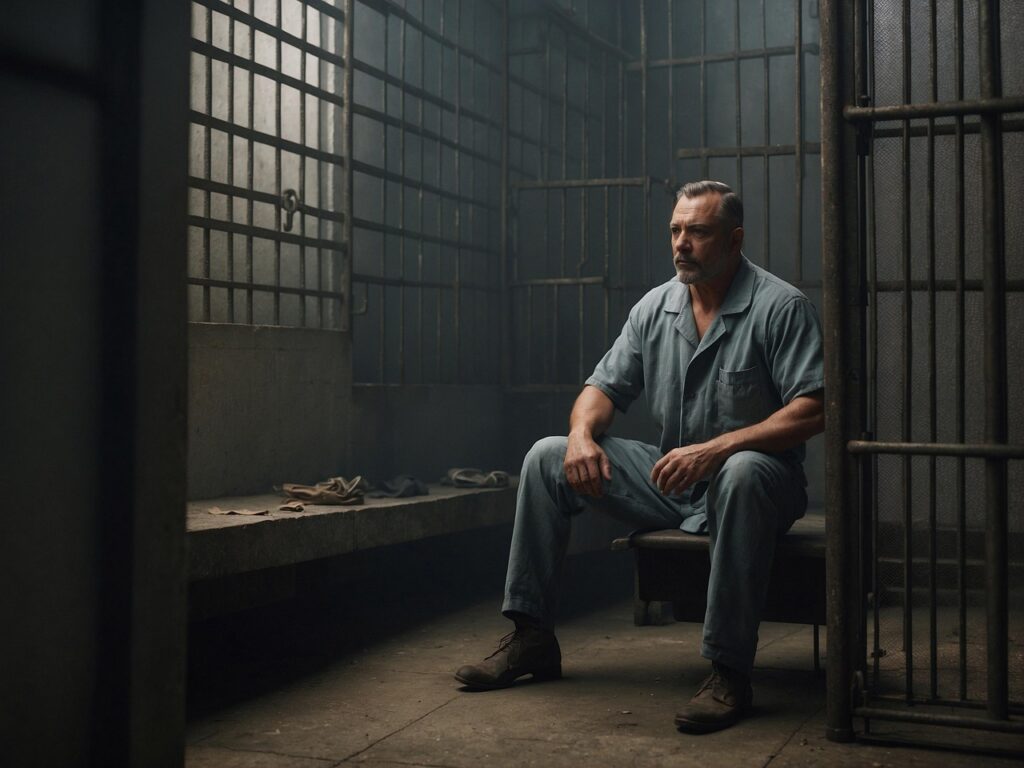
4. **Officers Aren’t Your Friends: Trusting the System**A fundamental misconception many first-time inmates hold is the belief that correctional officers (COs) are allies or protectors. This is a dangerous fantasy. “They are not your friends,” states a former inmate unequivocally. The reality, as chronicled in various accounts, paints a grim picture: most COs either “despise you or just do not give a damn about you.” To many officers, an inmate is, regrettably, viewed as a “lesser human being.”
This dehumanizing perspective means that personal grievances from an officer’s home life can easily translate into making an inmate’s existence “miserable for his own enjoyment.” Even when a fellow officer witnesses blatant mistreatment, intervention is rare. “The other officer may shake his head in wonder, but there would be no help for you,” reflecting a systemic lack of accountability and solidarity among the guards that works against the prisoners. This environment fosters a pervasive sense of powerlessness and injustice, forcing inmates to internalize the reality that they are largely on their own.
The power dynamic between inmates and correctional officers is inherently imbalanced and often adversarial, shaping how prisoners must strategically interact with authority. This isn’t just about avoiding trouble; it’s about understanding that the officers’ primary function is control and security, not welfare or advocacy. While a rare “rose among the many weeds” might offer appropriate help, cultivating a habit of constant vigilance and self-reliance, rather than seeking protection from the very system designed to confine them, becomes a crucial survival mechanism. This direct, often harsh, engagement with authority defines a significant portion of prison existence and demands a calculated approach from anyone hoping to endure.
While it is true that a “small minority of correctional officers who are reasonable and would help you if the circumstances were appropriate” exist, identifying these rare individuals takes time and careful observation. Relying on an officer’s goodwill is a gamble most cannot afford to take, especially in the initial vulnerable weeks. The safer, more pragmatic approach is to maintain a respectful distance, understand their role as enforcers of the institution’s rules, and never mistake their authority for genuine empathy or friendship. Your survival depends on this clear-eyed assessment of who is truly looking out for you, and the answer is rarely the person in uniform.
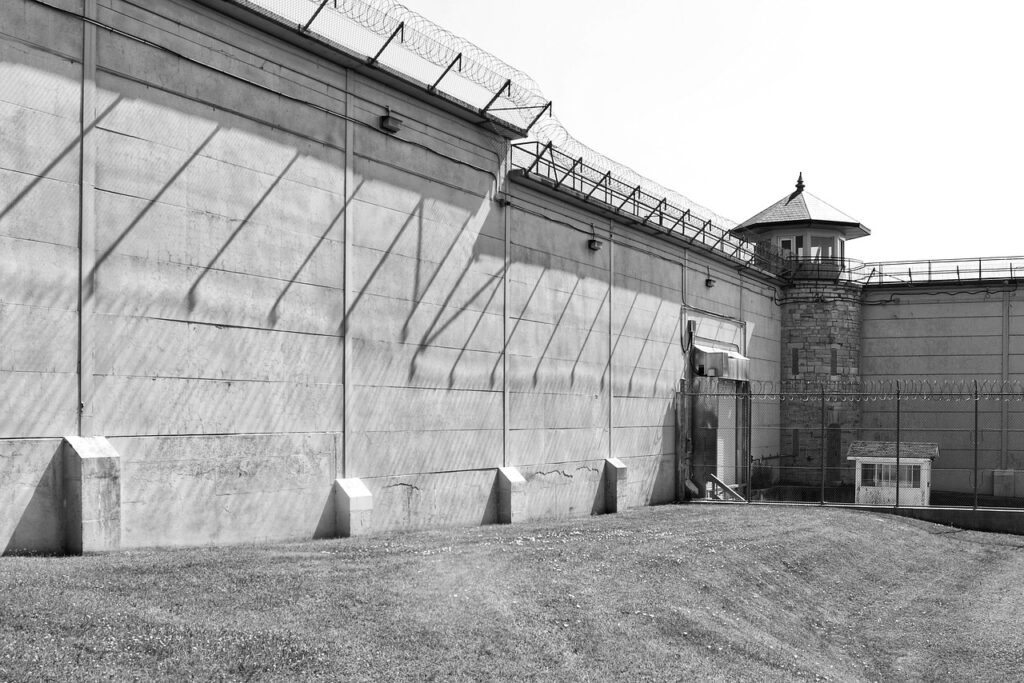
5. **The New Guy’s Playbook: Finding Your Feet and Mentors**Your first few months behind bars mark you instantly as “the new guy,” a vulnerable target in a complex ecosystem. During this critical period, navigating the intricacies of prison life—from where to line up for chow to the unspoken rules of interaction—is paramount. Fellow prisoners, surprisingly, may offer help and advice. Much of this guidance, especially from those who have been looking out for new arrivals, can be “well-intended and will help keep you out of trouble with both officers and your fellow prisoners.”
Observing and absorbing are key skills. You’ll learn the rhythms of the institution, such as “when to talk and when to be quiet,” and practical necessities like “where to line up for chow, counts, fresh clothes and linens, the chapel, visiting room, and the commissary.” After a while, a pattern might emerge, where “one person or a small group—often from your own living area—looking out for you and providing good information.” These individuals can become informal mentors, guiding you through the initial labyrinthine weeks.
The initial deluge of information can be overwhelming, but learning to “listen more than you talk” is a protective strategy. As Ron Humphrey advises, avoiding “whining or complaining” is also critical, because “everyone is suffering.” The most valuable lessons are often tacit, absorbed by watching the routines and interactions of seasoned inmates. This observational learning, combined with carefully chosen, “good information” from those looking out for you, forms the essential blueprint for a “good transition to prison life,” minimizing friction and maximizing your chances of survival in those fragile first months.
While advice is abundant, discernment is crucial. Not all counsel is beneficial. Slowly building ties with others who are genuinely “interested in true rehabilitation” is a strategic move. The aim isn’t to lean heavily on one person, as transfers or releases can abruptly sever such a connection, leaving you exposed. Instead, cultivate a “small circle of friends” for stability. These early relationships, if chosen wisely, will be instrumental in helping you “learn, endure, and you can make a good transition to prison life.”
6. **The Company You Keep: Choosing Your Friends Wisely**In the isolated world of incarceration, the need for human connection is profound, yet the choice of companions is fraught with peril. Everyone needs friends, as the context reminds us, but “how you choose them makes a world of difference.” This isn’t just about passing the time; it’s about forming alliances that can either support your long-term survival or drag you into deeper trouble.
One key place to identify individuals with character, surprisingly, is within chapel programs. Many correctional facilities manage faith-based pods or units, such as the Prison Fellowship Academy®, which can offer a vastly different environment compared to general population (GP). Exploring access to these units can lead to “wise counsel and possible friendships.” While the quality of chapel programs varies, they often represent a nexus for inmates seeking genuine self-improvement and positive interaction.
The strategic value of a “small circle of friends” cannot be overstated. Relying too heavily on “just one friend” creates a precarious vulnerability, as that person could be “suddenly moved to a different building, transferred, or released,” leaving you without critical support. Therefore, cultivating a diverse, albeit small, network of allies—even if they are merely acquaintances—provides a more stable foundation. This diffuse support system mitigates the risk of sudden isolation and ensures a broader pool of mutual assistance, reflecting a pragmatic understanding of the impermanence of prison relationships.
If a faith-based unit isn’t an option, you’ll likely find yourself in GP, where close sleeping quarters inevitably break down barriers of race, age, and social status. Here, those in the next cell or cubicle can become your daily companions. The challenge is to “slowly build ties with others interested in true rehabilitation,” avoiding individuals who might pull you into negative cycles. These relationships, forged through mutual support in tough times, can “reap rewards,” but only if grounded in shared aspirations for a better future, both inside and upon release. The skills learned in selecting wise friends on the inside, as Ron Humphrey notes, will serve you well on the outside, too.

7. **Guard Your Personal Information: The Silent Weapon of Vulnerability**Beyond the physical threats, one of the most insidious dangers in prison lies in the information you disclose about yourself. Unlike the outside world where sharing can foster connection, behind bars, every piece of personal data is a potential vulnerability, a weapon to be used against you. As one former inmate unequivocally states, “Avoid volunteering information about your personal life until you know you can trust someone.” This isn’t just a casual suggestion; it’s a critical defensive posture that dictates your long-term security.
Disclosing details about your crime is particularly perilous. Regardless of its severity, such information can provide a “motivation to mess or target you.” Imagine a scenario where you’ve been incarcerated for burglary, and an inmate whose family was affected by a similar crime hears your story. This seemingly unreasonable connection can ignite a deep-seated grudge, transforming you into a target. Even minor offenses, if misconstrued or exaggerated, can lead to unforeseen animosity within the closed ecosystem of the prison.
Furthermore, it is advisable to refrain from delving into specifics of your private life. Discussions about your past occupation, political beliefs, or especially your religious affiliations can inadvertently “rub certain inmates the wrong way.” Prison populations are often segregated along racial and ideological lines, and an innocent comment can be interpreted as a challenge or an insult. Maintaining a guarded silence, listening more than you talk, and keeping your “guard up” at all times, as observed by Vernie Seidel after 29 years behind bars, is not paranoia—it’s intelligent self-preservation.
8. **Harnessing the Body and Mind: Fueling Resilience Behind Bars**In the monotonous and often oppressive environment of prison, proactively engaging your physical and mental faculties isn’t merely a pastime; it’s a vital survival strategy for maintaining sanity and personal safety. Working out, for instance, is identified as “one of the most beneficial routines you can take in prison.” The immediate benefit is physical strength, which deters potential aggressors who may perceive you as “not worth their time.” A strong physical presence can project an aura of self-sufficiency that deflects unwanted attention.
Beyond the deterrent effect, exercise serves as a powerful antidote to the psychological toll of incarceration. Workouts are “long been established as an excellent treatment for mental issues,” effectively combating “depression, anxiety, trauma, and stress.” The act of pushing your body can release pent-up frustration and provide a much-needed sense of accomplishment. As John J. Lennon, serving 28 years to life at Sing Sing, eloquently puts it, many inmates “exercise to experience that good, tired feeling, to let out frustration, to quell anxiety.” It’s a way to reclaim agency in an environment designed to strip it away.
Complementing physical activity, mental engagement through education and reading is equally crucial. “Reading is an excellent way to pass the time,” offering an escape and a path to intellectual growth. Prisons often offer educational courses, and participation is highly recommended. Inmates who frequent the library or engage in learning often garner respect, with specialists like accountants being sought after for their knowledge. This mental stimulation not only keeps the mind sharp but also provides a sense of purpose and structure that can be invaluable in the long, grinding years of a sentence.
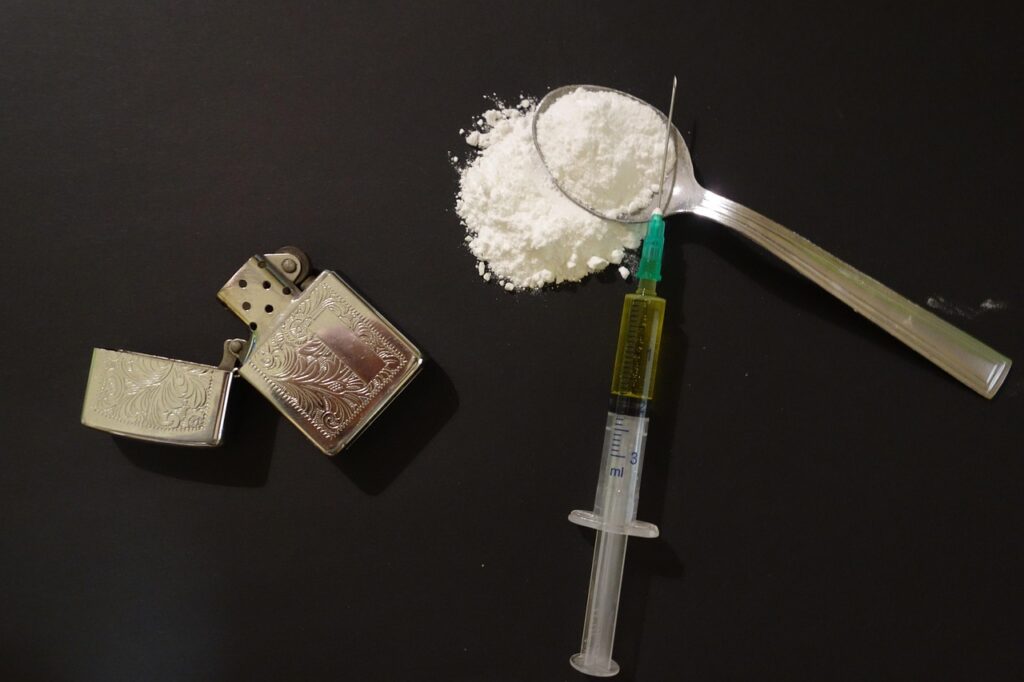
9. **The Double-Edged Sword: Dangers of Contraband and Illicit Gambling**While the outside world grapples with drug issues, the problem of drug peddling intensifies exponentially within prison walls. Contraband drugs are “much more expensive in prison than on the street,” creating a lucrative but deadly economy. Engaging with this underground market is an express ticket to deeper trouble, not only risking additional charges but also severe health consequences. The tragic account of an inmate dying from a marijuana overdose serves as a visceral reminder of the stakes involved. The dangers are stark and omnipresent.
Beyond the immediate health and legal risks, possession of drugs triggers harsh institutional responses. Random drug tests are common, and a positive result means immediate transfer to solitary confinement for at least a month, often accompanied by additional charges. Solitary confinement, a “prison inside of prison,” is an isolating ordeal where basic human interaction and movement are severely restricted. Furthermore, attempting to smuggle drugs from the outside can result in an additional sentence of up to five years, potentially doubling an inmate’s original time, and implicating those on the outside as well.
Gambling represents another perilous illicit activity that can swiftly unravel an inmate’s fragile existence. Just like in the free world, gambling debts within prison carry immense, often violent, repercussions. A chilling account describes an inmate, already entangled with a gang, who incurred a $2,000 gambling debt he couldn’t repay. The consequence was a brutal beating by his own gang members with “padlocks inside socks,” leaving him brutally injured with severe head trauma. This story underscores the unforgiving nature of prison debts, where an unpaid wager can literally mean life or death, highlighting the absolute necessity of steering clear of all illicit activities.
10. **The Unbreakable Code: Respect as Currency in the Yard**In the intricate social hierarchy of prison, respect isn’t merely a nicety; it’s a fundamental currency that dictates safety and social standing. “Respect is very vital when relating with people, and with inmates it is no different,” as the veteran inmate’s guide instructs. Failing to demonstrate it, whether through words or actions, is an invitation to conflict and potentially severe retribution. The environment demands constant vigilance against any perceived slight, where even minor infractions can escalate.
Stealing from another prisoner is an egregious act of disrespect, almost universally condemned. If caught, an inmate will “sure get a hell of a beating, even from your friends,” demonstrating how deeply ingrained this rule is within the inmate code. Similarly, using derogatory terms like “hey punk” to address a fellow inmate is seen as a profound insult, signaling weakness or challenging masculinity, and will “invite serious trouble that can lead a big fight between you two.” Such language quickly ignites simmering tensions.
Even seemingly innocuous actions, like jumping a queue, carry significant weight. Whether it’s for food, work, or the clinic, waiting in line can stretch for half an hour or more, making queue jumping a blatant disregard for others’ time and patience. This act is viewed as a statement of superiority, implying others are “lesser humans compared to you.” The unwritten code dictates that such an offense must be met with immediate discipline. Failure to challenge a queue-jumper could lead to you being labeled a “punk” yourself, inviting violence from other inmates. Politeness, as Vernie Seidel noted after 29 years, is common sense, and small gestures can defuse tensions and establish positive relationships.

11. **The Illusion of Protection: Why Gangs Are a Trap**The image of gangs offering protection in prison, often romanticized in media, is a dangerous fallacy. While the allure of belonging and perceived safety might be strong, joining a gang is ultimately a trap that ensnares inmates in cycles of violence and deeper incarceration. “You might have seen movies where prisoners needed to joined a particular clique or gang to survive in prison,” but the reality is that these associations “won’t truly offer protection till the end.” Many, like one former inmate, have “fared on very well without having to join any gang or clique.”
The inherent nature of gangs means there will always be rivals, inevitably leading to “fights and attacks.” Caught in the crossfire, an inmate can face brutal consequences, including being “beat up, stabbed, raped, or even killed in such a clash.” The vivid recollection of an inmate brutally beaten with “padlocks inside socks” by a rival gang, suffering a deep head gash and eventually succumbing to a swollen brain, stands as a stark testament to the false promise of gang affiliation. This incident, where a life was tragically lost, should be a definitive deterrent.
Furthermore, gang membership imposes its own strictures and dangers. Gangs are not immune to internal conflicts or rules that can turn members against each other, as seen with the gambling debt example where a member was disciplined by his *own* gang. Beyond the inter-gang rivalries, some gangs enforce extremely rigid social codes, including attitudes towards certain individuals or groups. For instance, involvement with homosexual inmates, even if consensual, could lead to a “beating of your life” if discovered by your gang. This underscores how gangs don’t offer true protection; they merely exchange one set of dangers for another, often more profound, entanglement.

12. **Building a Bridge to the Outside: Faith, Education, and Purpose**Beyond merely surviving the daily grind, true long-term survival in prison means cultivating a path toward a meaningful life upon release. This requires engaging in positive activities that foster growth and rehabilitation, turning incarceration into a period of transformation rather than stagnation. The adage, “An idle mind is the devil’s workshop,” rings particularly true behind bars. Most prisons offer avenues for such engagement, including exercise programs, work opportunities, and educational initiatives.
Embracing education, whether it’s through night classes for college credits or vocational training, is a powerful tool for future success. One former inmate channeled earnings from factory work into a school program, earning college credits that significantly helped “staying out of trouble while in prison” and preparing for life beyond the walls. As Christopher Zoukis from *College for Convicts* advocates, prisoners need education and “marketable skills” to support themselves and their families post-release, laying the groundwork for a successful reintegration into society.
For many, faith-based programs offer a profound source of meaning and moral guidance. Joining a “fellowship of Bible believing Christians” or attending religious services provides a spiritual anchor, allowing inmates to “read the Bible more often and share knowledge among Christian inmates like yourself on godly doctrines.” These programs often offer a unique environment, sometimes in specialized faith-based units like the Prison Fellowship Academy®, which can be a “world of difference” compared to general population. They provide not just spiritual nourishment but also a community seeking “wise counsel and possible friendships,” helping inmates to “turn a new leaf” and navigate prison life with a moral compass, ultimately serving as a lifeline for enduring hardship and preparing for a reformed future.
**The Long Road to Reclamation: Beyond the Walls**
The stark reality of prison life, as illuminated by these survival rules, is a world often hidden from the public eye. It’s a landscape where every choice, every interaction, carries disproportionate weight. From the silent power of guarded information to the life-saving grace of genuine respect, and the transformative potential of education and faith, these principles are not just about enduring the sentence. They are about navigating a treacherous path that, if trod wisely, can lead not merely to release, but to a profound reclamation of self. The journey through the prison gates is one that demands an understanding of a code far older than the law, a resilience forged in adversity, and a constant, conscious effort to build a future that transcends the bars. For those inside, these aren’t just rules; they are the very keys to survival, and ultimately, to hope.


